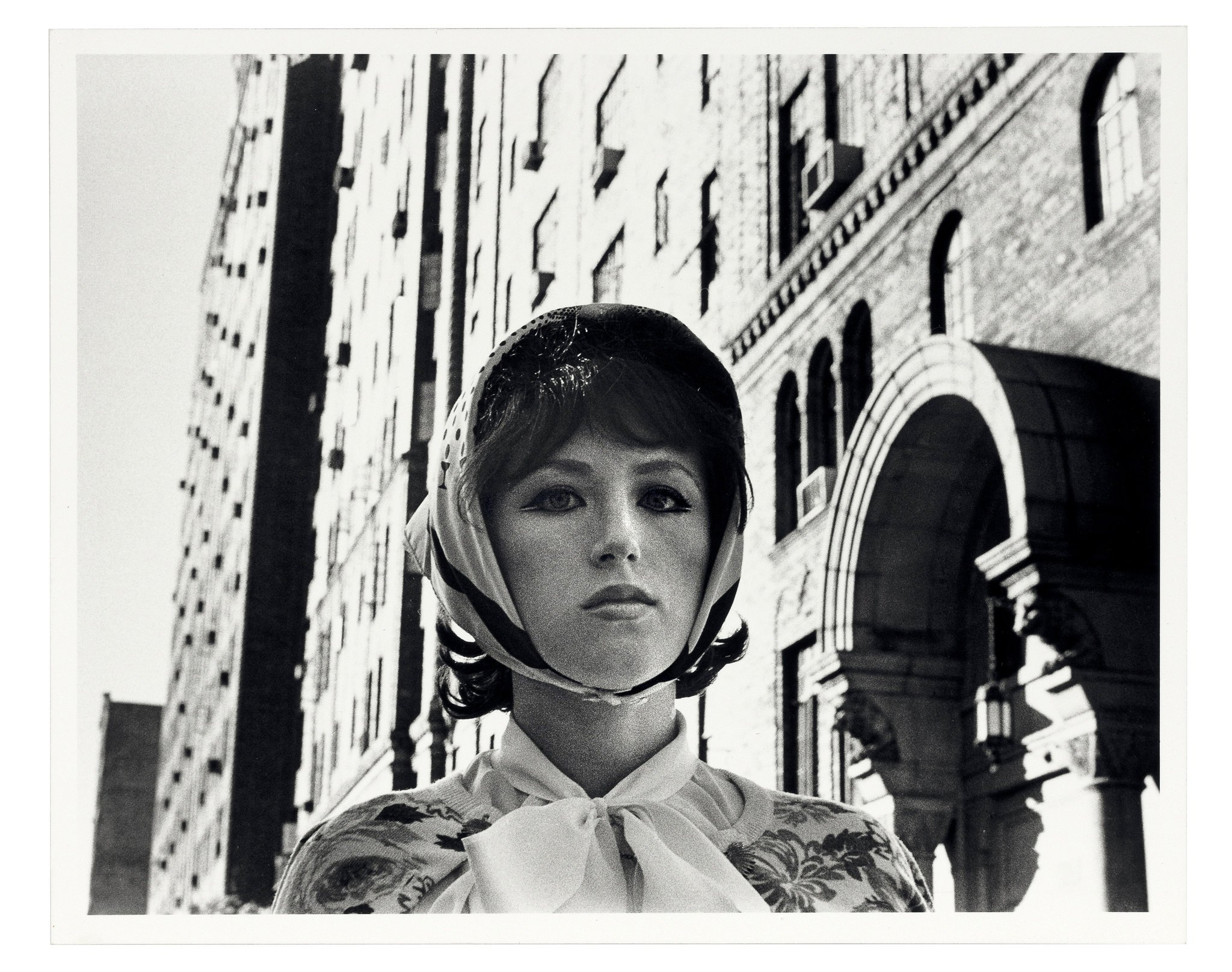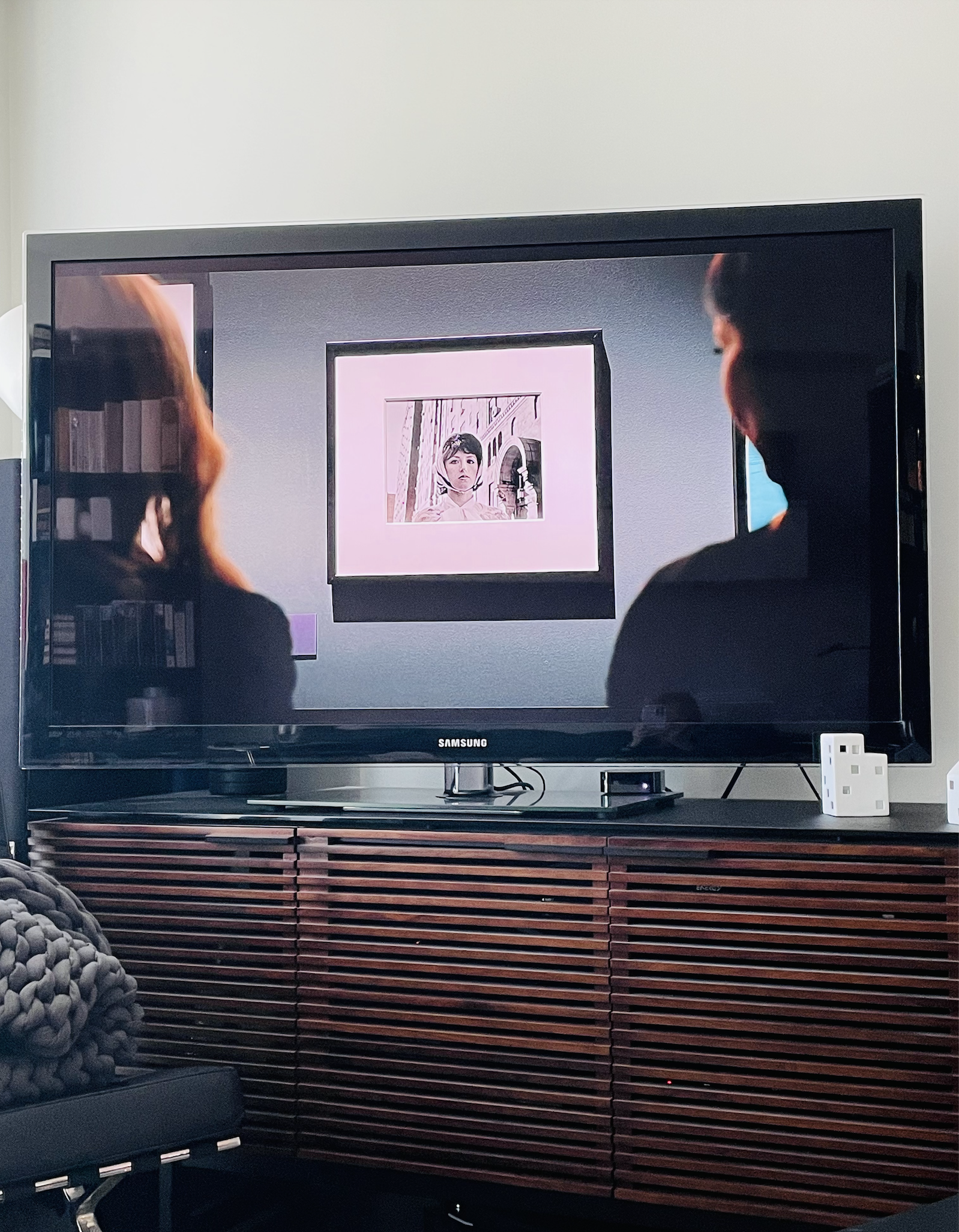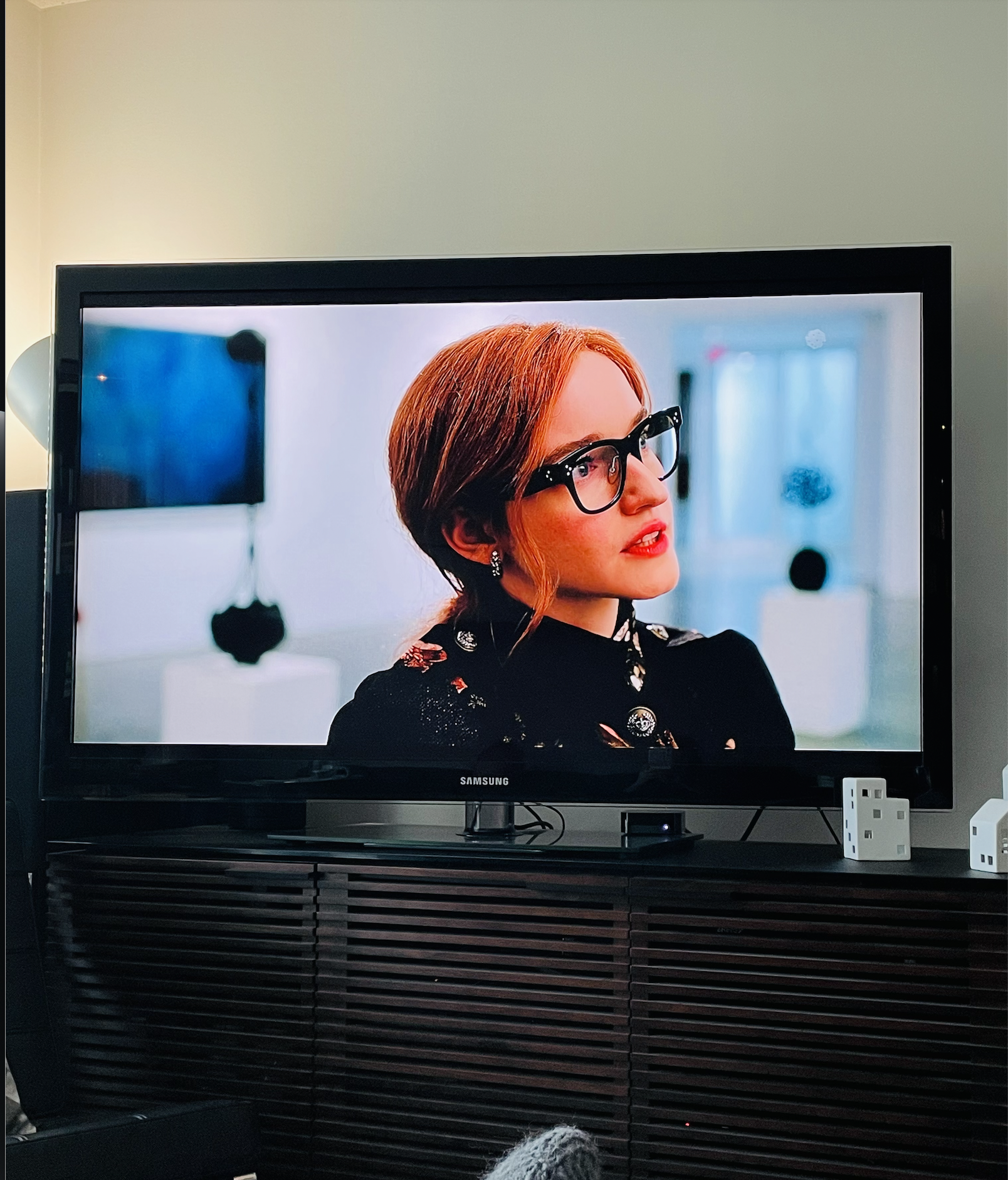Studying art history and attending grad school with MFAs in an art school context, you quickly learn that the complicated milieu in which artists achieve “success.” Just this past week, I was lecturing on the significant influence of New York curator Henry Geldzahler in identifying and legitimizing artists associated with the Pop Art movement in the 1960s—most importantly Andy Warhol—through the development of close personal relationships and introductions of these artists to the New York elite, for whom Geldzahler became an important advisor. In today’s world, Geldzahler would be understood as an influencer, and would no doubt have the ear of all the most important art collectors in the world.
What Geldzahler lacked in personal wealth, he made up with cultural capital. His education, taste, knowledge of art, food, fashion, and understanding of the networks in which art was circulated, bought, and sold, gave Geldzahler a power that eventually landed him in the unlikely role of the first contemporary art curator at the Metropolitan Museum of Art, a position he convinced the museum, one that had no real interest in contemporary art, that it needed. The story of how this happened is legend, but what Geldzahler achieved is often ascribed to his charm, entrepreneurship, and incredible personal connections. And any artists he promoted along the way were immediately seen as significant.
All of this helps us understand the fascinating story of Anna Sorokin (aka Anna Delvey), the fake German heiress who in 2015-2017 infamously duped many members of the New York art world and fashionable elite (along with defrauding banks and investment firms along the way) in her attempt to fund and build an exclusive multi-million dollar art space, social club, and artist residence in New York called the ADV (Anna Delvey Foundation). I first heard of the Sorokin story when her criminal trial became art world news back in 2018-19 and the book My Friend Anna was published, detailing how successfully this otherwise imposter penetrated the New York art world. Two years later, the Netflix series Inventing Anna-- starring the incredible Julia Garner as Sorokin—gives us the dramatized treatment of just how significant cultural capital is to almost every decision around how artists find their way to fame and success.
What is perhaps most striking is the way Sorokin is portrayed as gaining her curatorial talents through her impeccable personal taste and understanding of art as a kind of social lubricant that becomes the backdrop for exclusive and carefully managed social spaces that mingle the world of art and finance. Sorokin imagines an art space that will serve as a VIP refuge for only the most privileged members, leveraging the art world trend, even in public art galleries, museums, and art fairs, to create more and more exclusivity in the experience of art, along with meeting and getting to know the “chosen” artists of any given moment. In the Netflix version of the story, we see this come through in the discussion and display of today’s art world darlings, most notably Cindy Sherman. Artists and their art are reduced to brands and commodities, no different than the carefully chosen fashions, décor, and restaurants that are referred to directly and indirectly throughout the series. At many points in the Sorokin story, this is made unapologetically and even shockingly clear, along with the implication that any art world “expertise” is less a measure of actual education and experience, and more a measure of how well an individual can leverage their personal cultural capital.
All of this is endlessly fascinating to me and in last week’s post, I made mention of my current research interests exploring the symbolic capital around which the art world has operated in the past few decades. No doubt that the Anna Sorokin story and the filmic treatment created by Shonda Rhimes will serve as a rich reference point in my continued explorations. It should also prove eye-opening to artists, and to those who continue to be baffled by the current state of the art world.
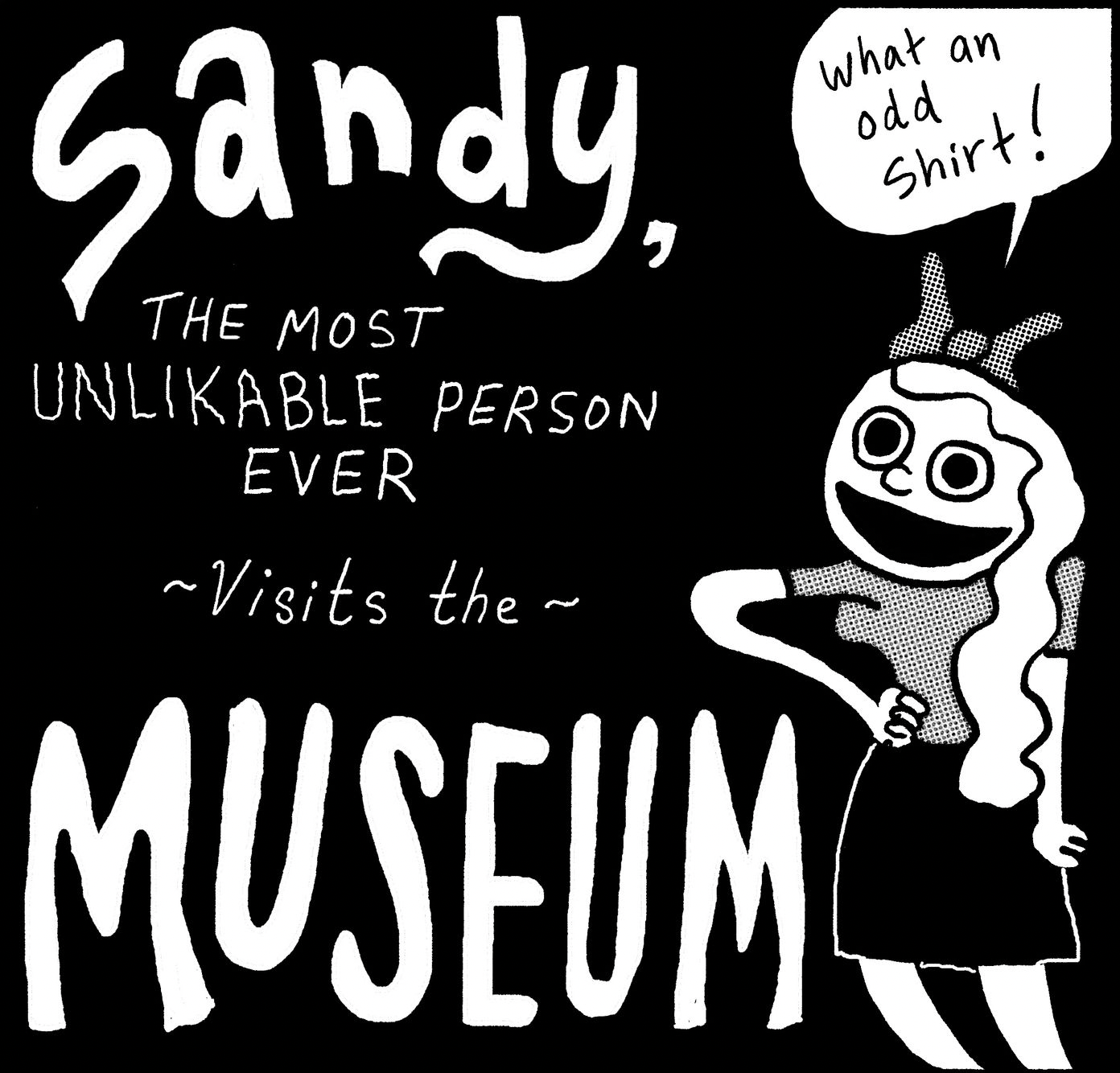
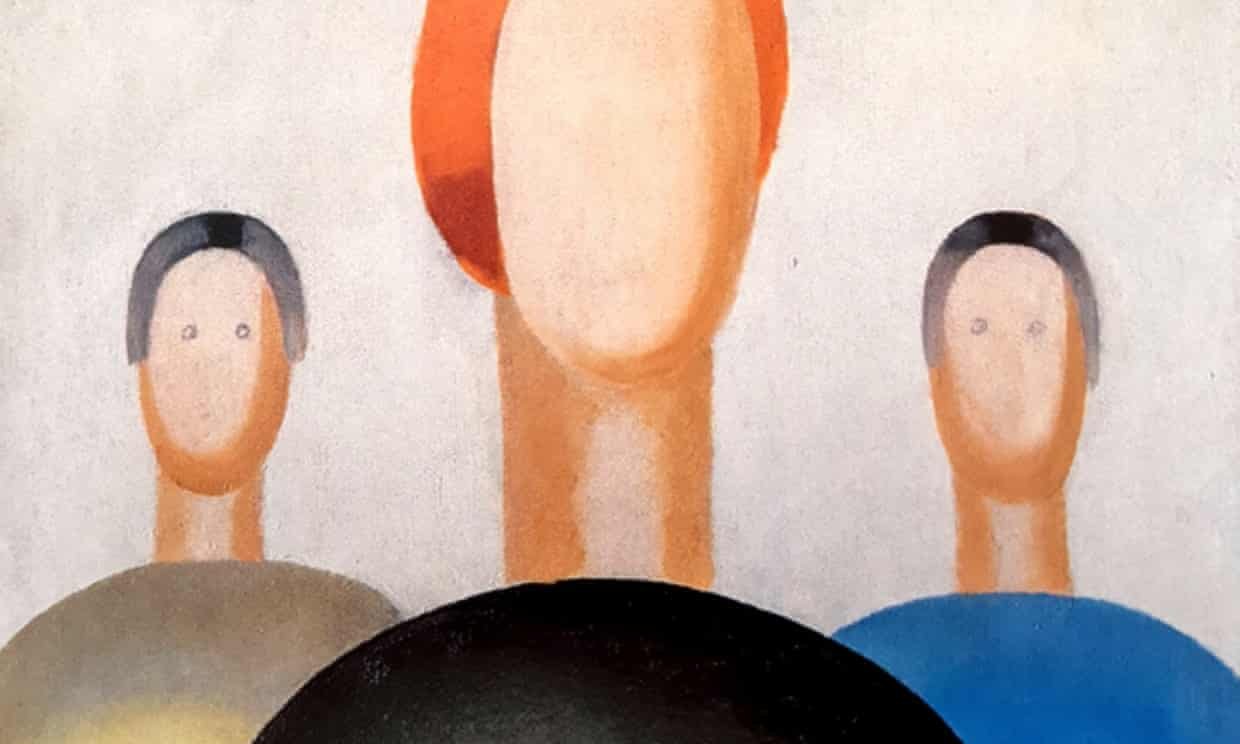
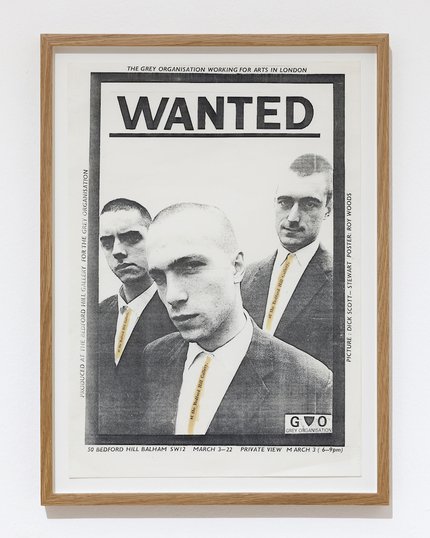
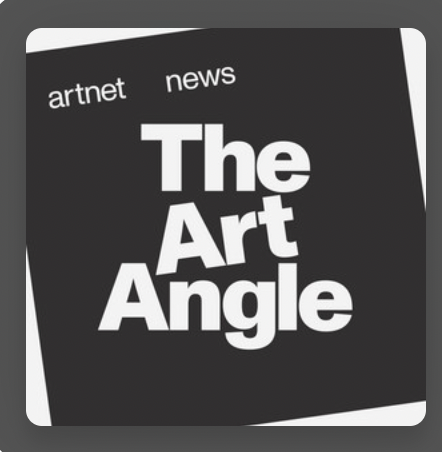
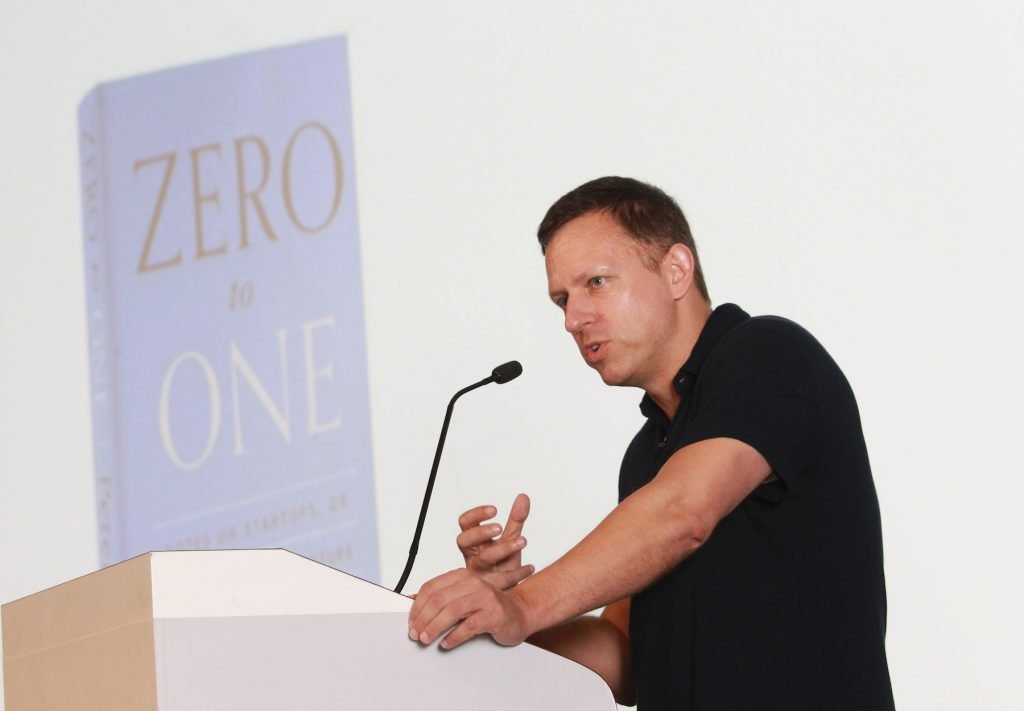
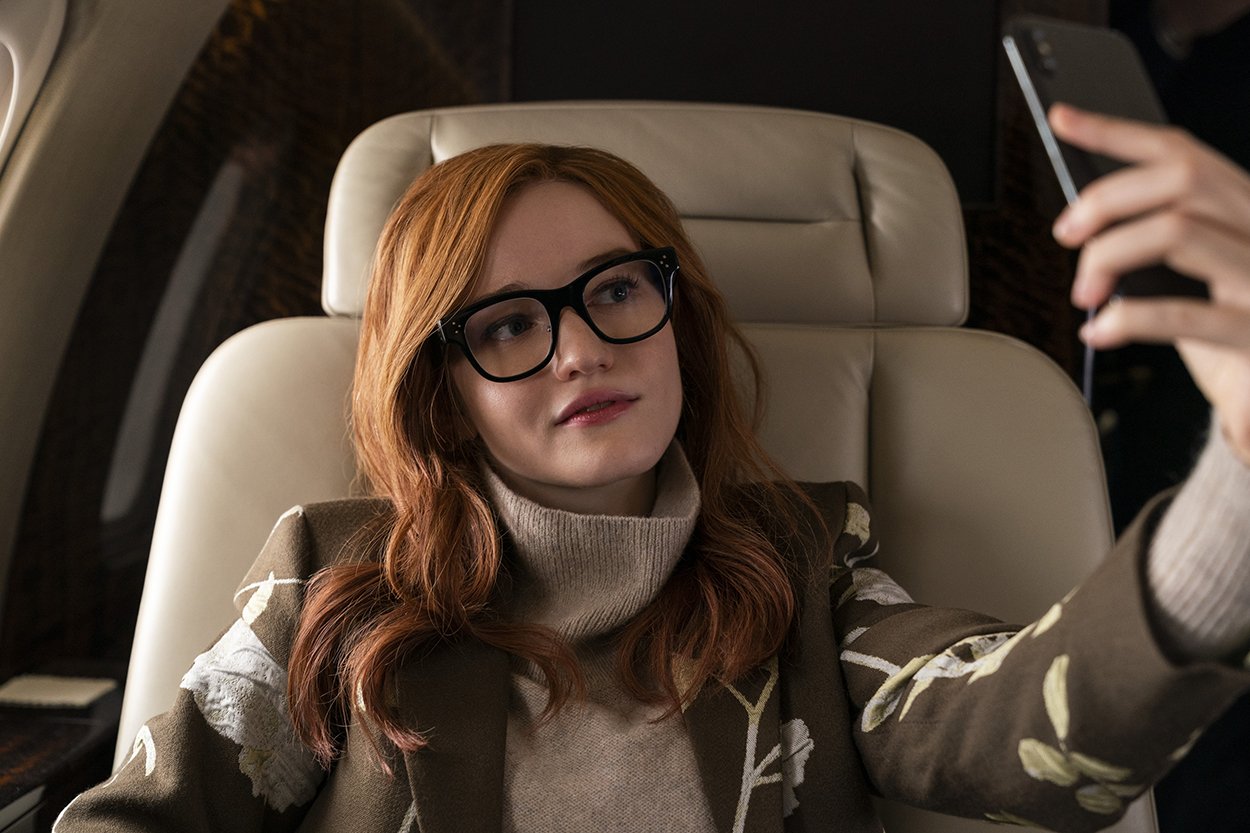
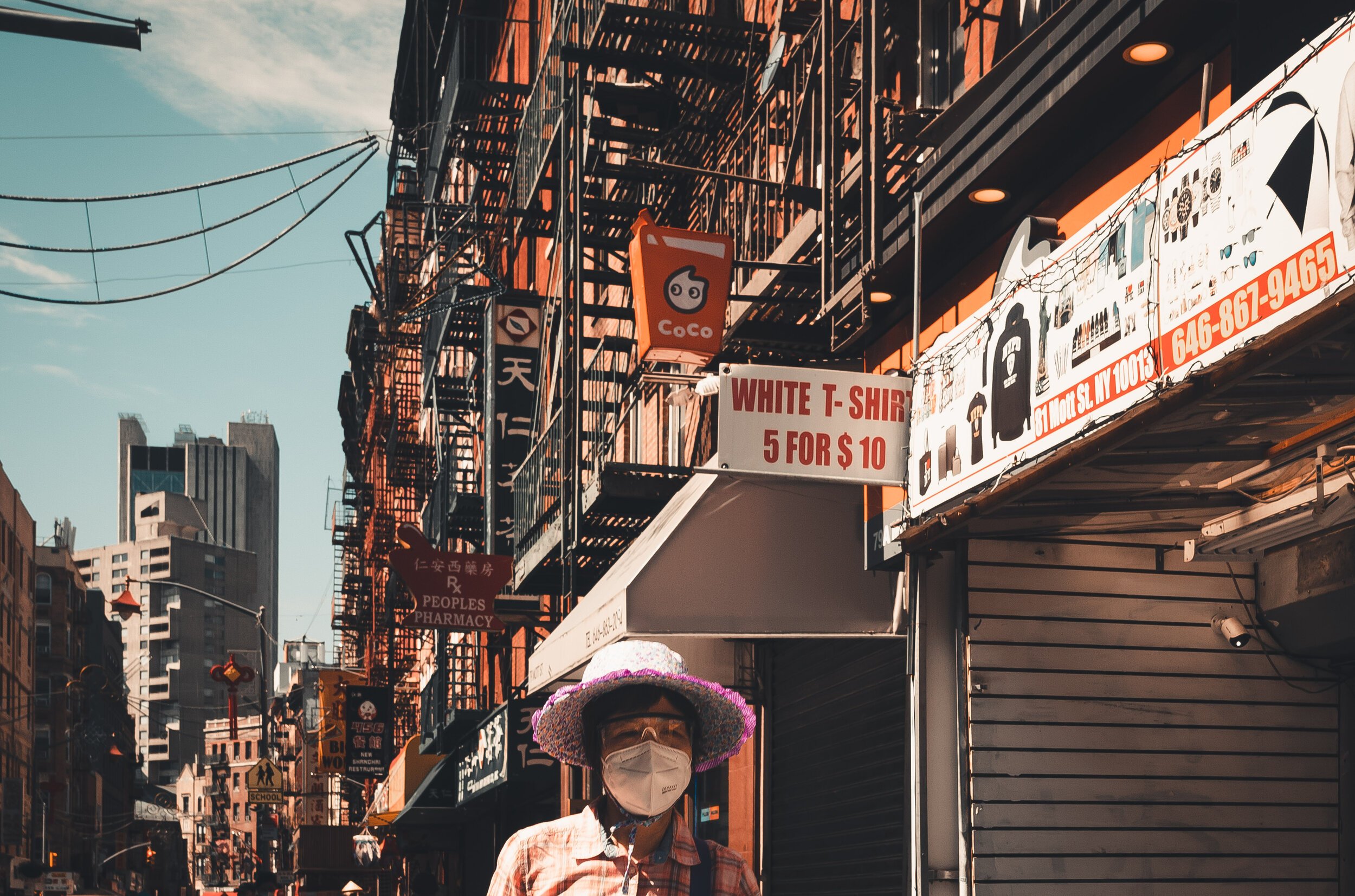
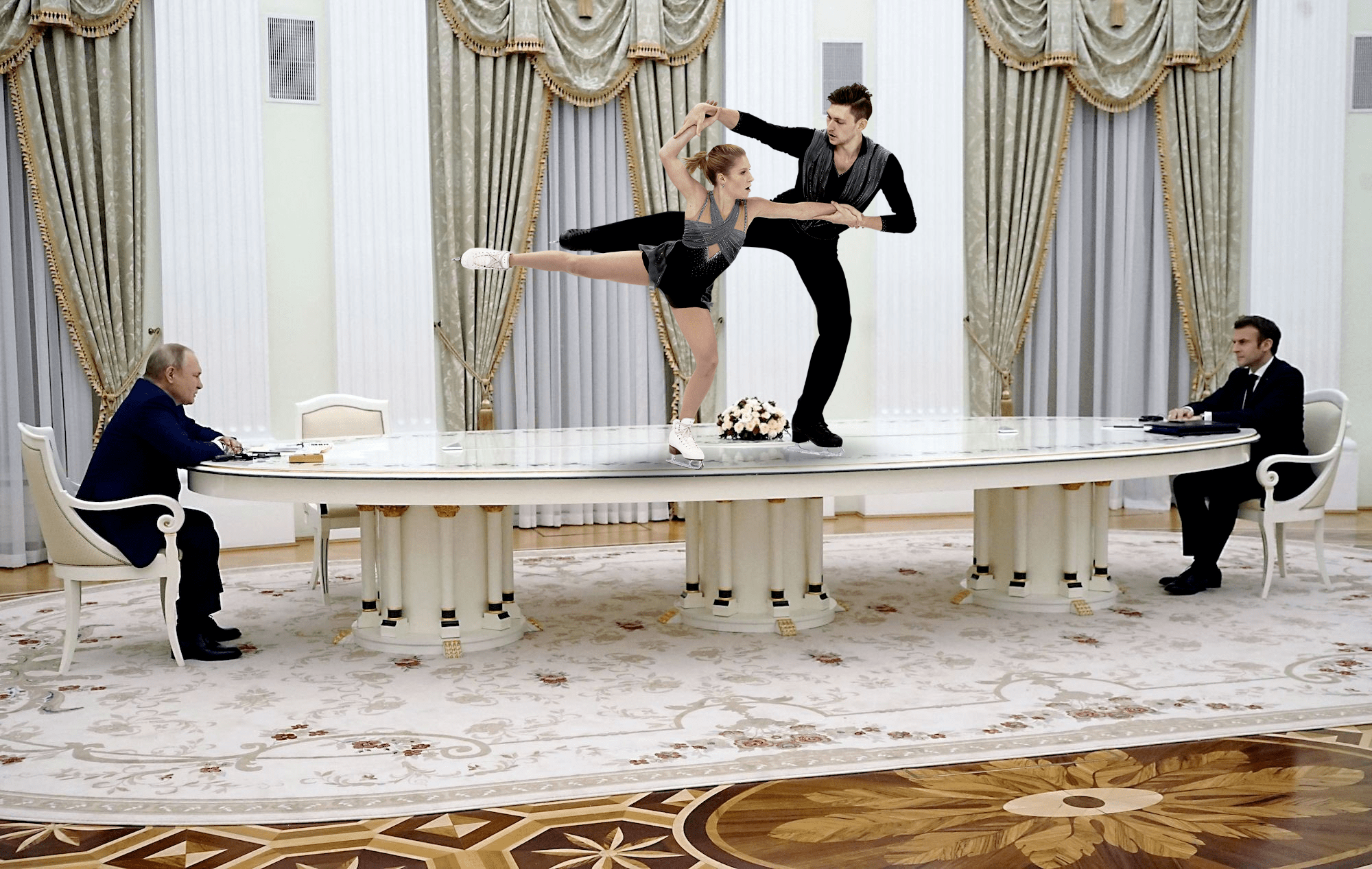
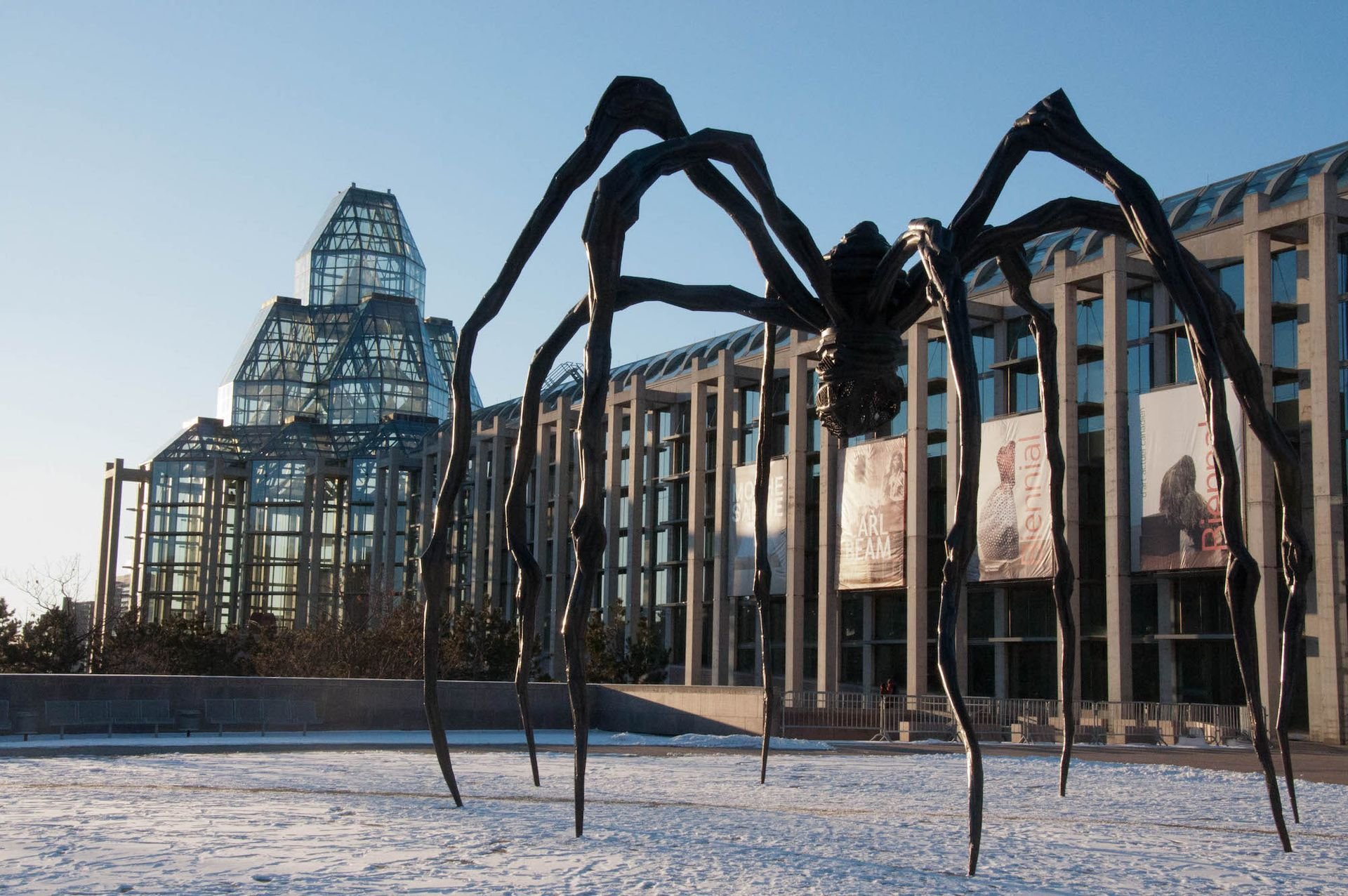
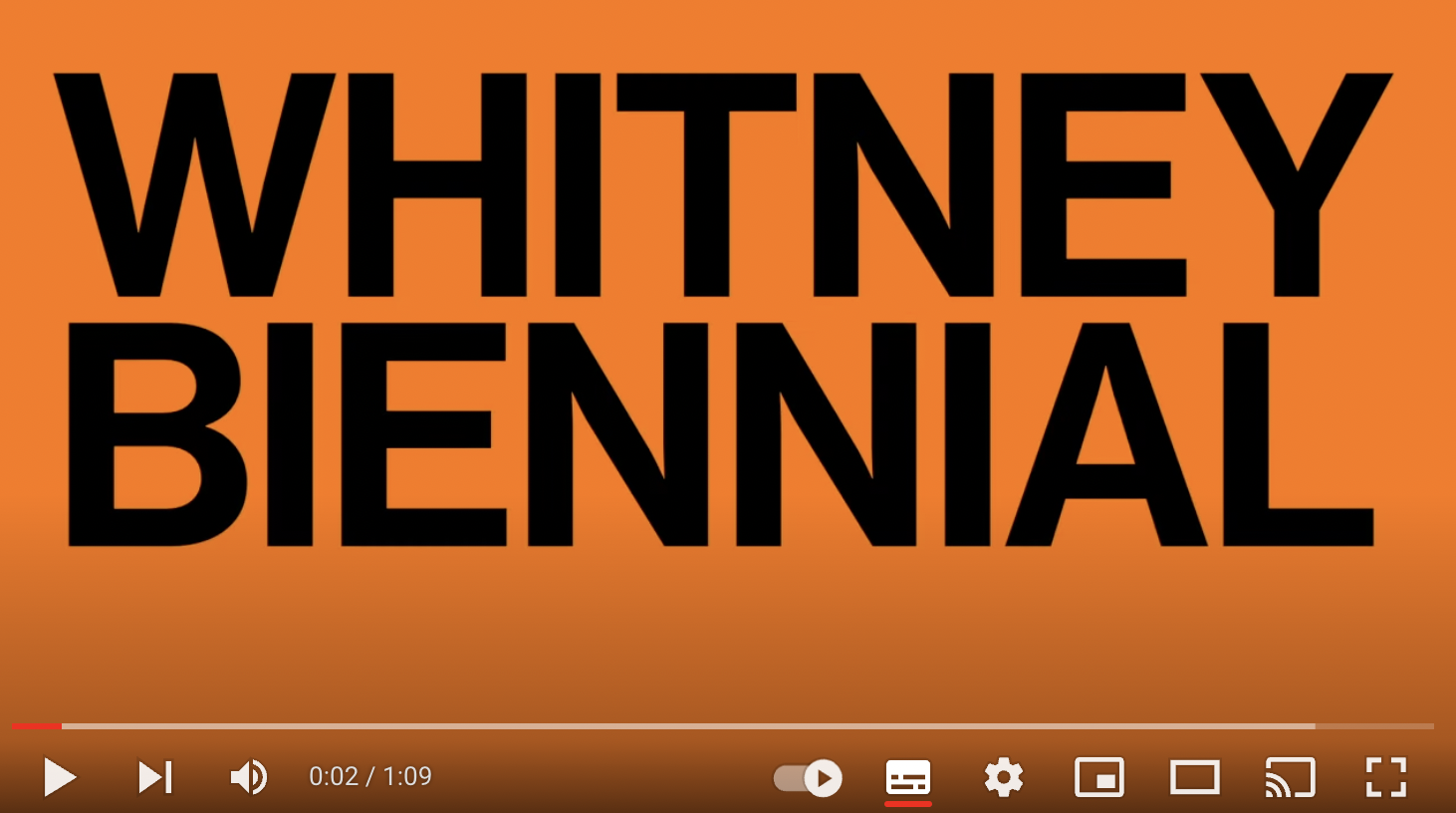
Walter Scott’s Sandy, the Most Unlikable Person Ever, Visits the Museum
Russian painting vandalised by ‘bored’ gallery guard who drew eyes on it
The Art Angle Podcast: How Lucy Lippard and a Band of Artists Fought U.S. Imperialism (PODCAST)
Beeple Is Probably Right That NFTs Will Change Politics. So Far, That Change Is for the Worse
The Most Hilarious Memes About Putin and Macron’s Bizarre Kremlin Meeting
National Gallery of Canada launches an Indigenous ways and decolonisation department

